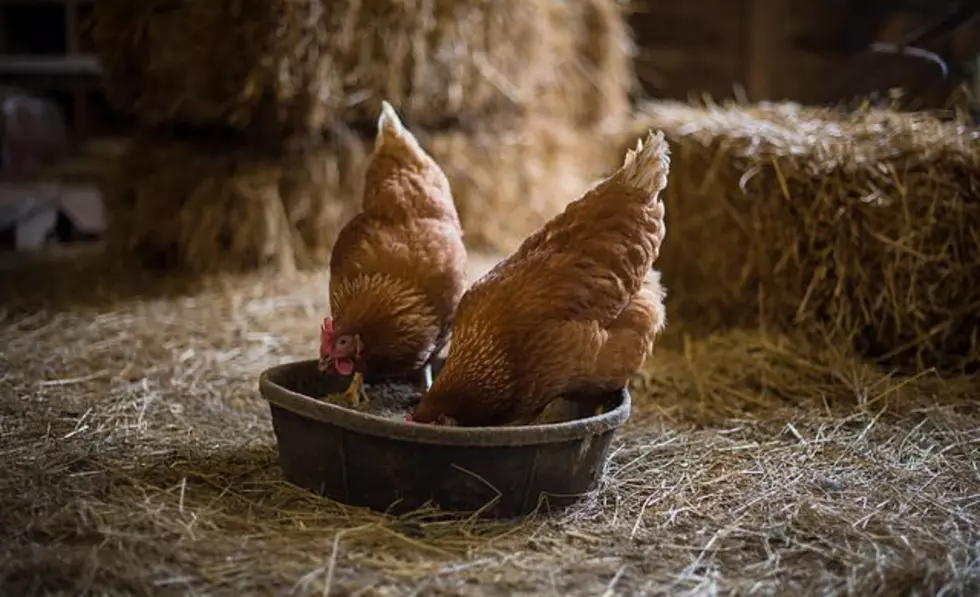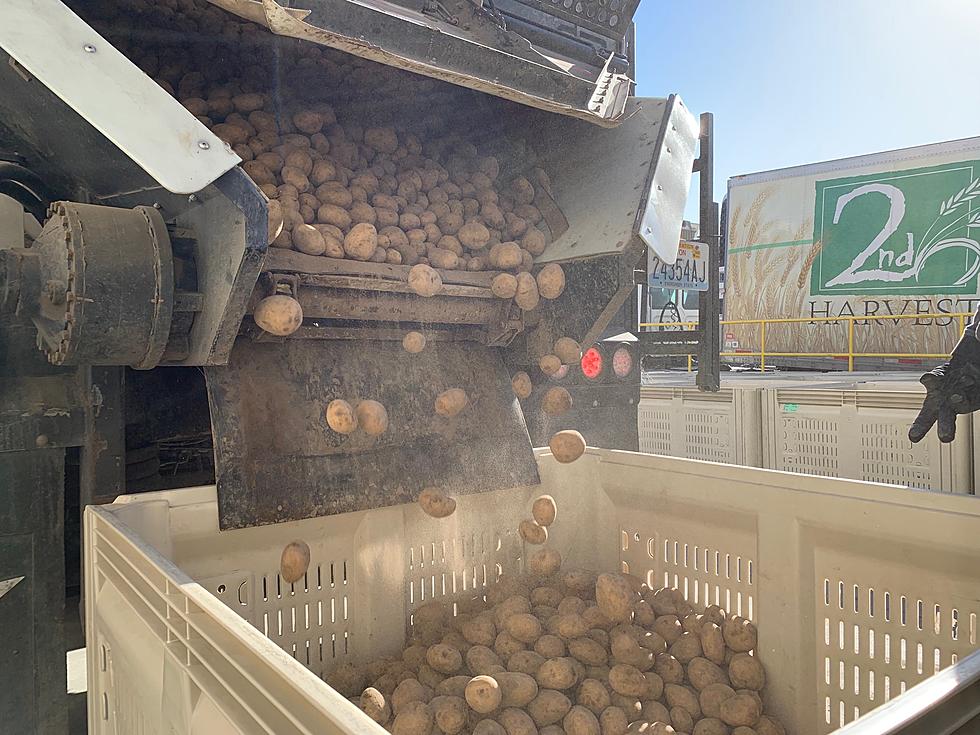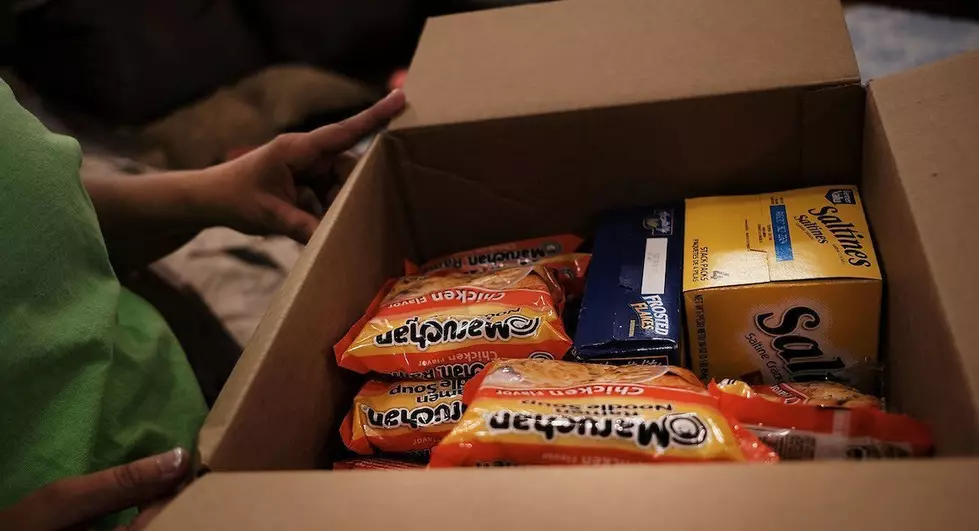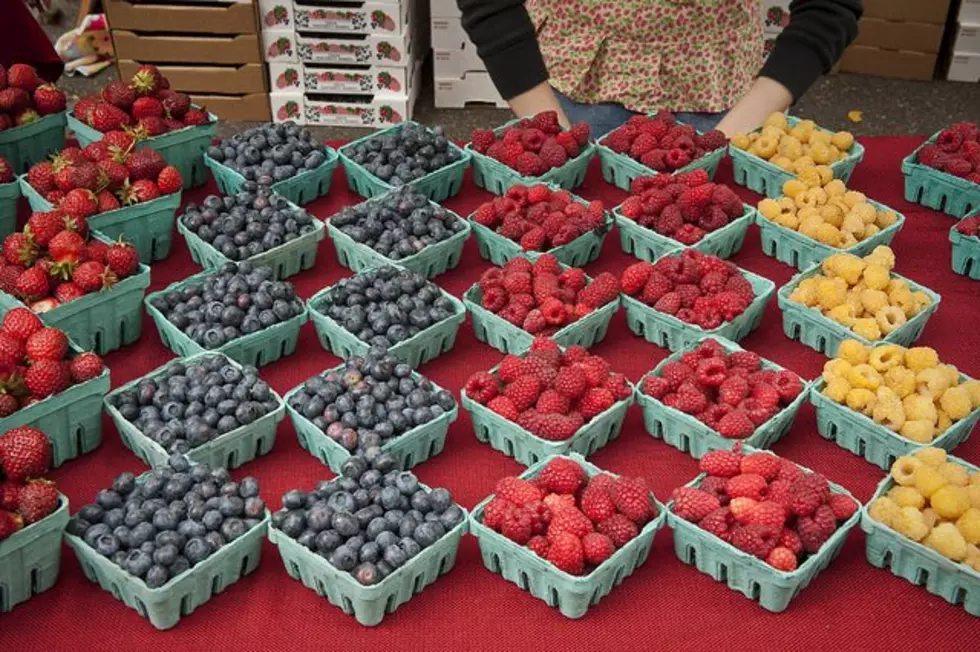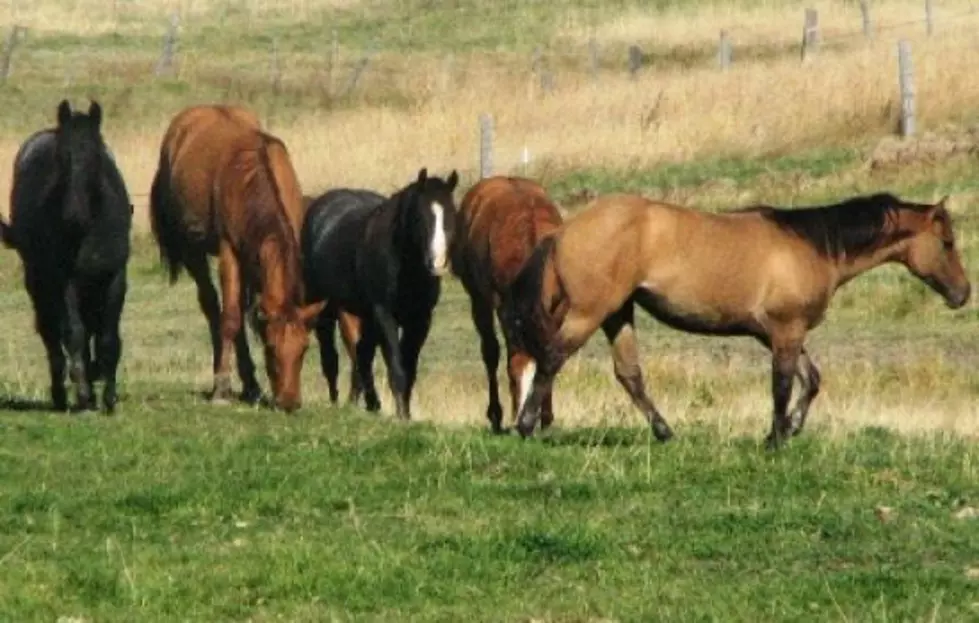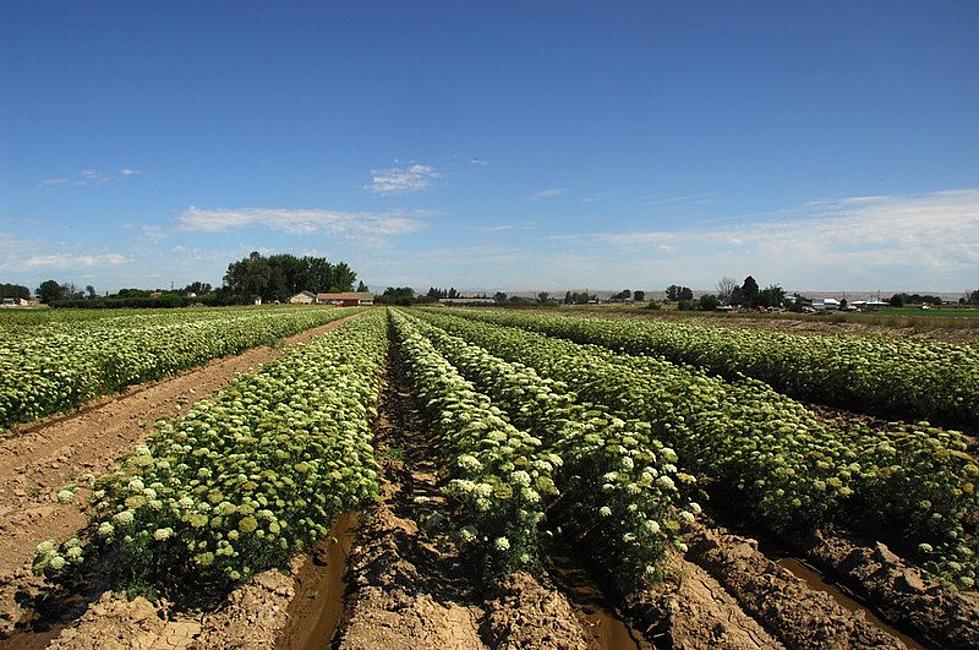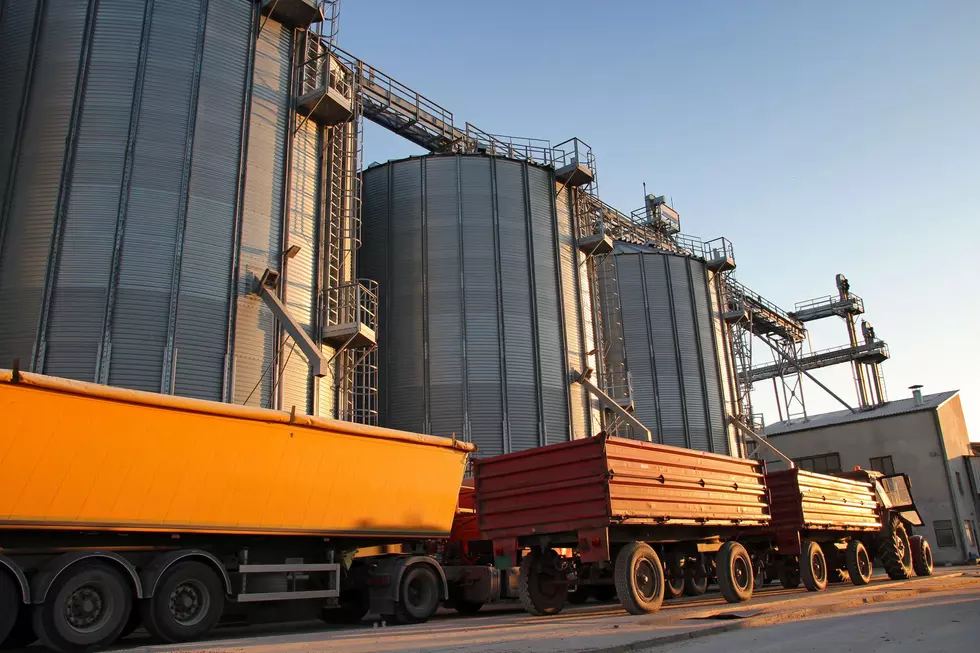
The Importance of Grain Inspection
Just like any food product that is purchased by a consumer, it must go through an inspection to make sure it is safe and what the customer wants.
The Washington State Department of Agriculture (WSDA) has a grain inspection program that makes sure the requirements are met. The Grain Inspection Program provides sampling, weighing, quality testing, grade inspection, and phytosanitary services for grains and commodities following USDA and WSDA regulations. These services are available to the grain and commodity trade, end users, and other interested parties on request, 24 hours per day, 7 days per week by contacting inspection offices in Seattle, Tacoma, Aberdeen, Longview, Kalama, Vancouver, Pasco, Spokane, or Colfax. The program provides unbiased, third-party services under a USDA, Agricultural Marketing Service (AMS) official delegation of authority and is entirely funded by fees for.
Philip Garcia is the WSDA Program Manager of grain inspection and explains that their mission is to facilitate the movement of grain.
“For the farmers, we protect their crops and make sure they get the top dollar for their bushels. We also protect the exporters as they send it overseas to make sure the grade correlate with the contracts and they get top dollar for their commodities,” Garcia said.
Garcia also wants producers to be aware the grain inspection program is not the “grain police” but rather they support and work with their customers and stakeholders so that the customer gets quality grain, and the farmer gets the top dollar.
Grain inspection doesn’t just stop at Washington grain. With ports, railroads, and barges bringing grain from all over the country, the WSDA has to examine it all. Garcia mentioned that much of the wheat is Washington wheat, but they also look at canola, corn, garbanzo and soybeans that come from other states to Washington. Pulses like peas, beans, and lentils are a new commdity for the inspection program.
“The USDA approached us (WSDA Grain Inspection Program) because they were the predominate inspection service out of northern Idaho for pulses, they asked us to take over that designation,” Garcia said. “Now the state of Washington, or the Department of Agriculture, now inspects grain for all of Oregon, all of Washington, and northern Idaho.”
When it comes to samples, the WSDA looks at 100 to 200 samples per day, especially during harvest time. This will last from mid-July into September and includes soft white wheat, club wheat, and pulse crops. When it comes to exports, Garcia said the department averages 600 to 650 vessels. One vessel can hold 666,000 metric tons of grain, equivalent to 12 million pounds, and takes two days to load.
As harvest ramps up, the WSDA Grain Inspection Program will get busier with the workload, looking at samples and loading ships. And this is just the beginning of U.S. grain heading out into the big world.
Source: Washington State Department of Agriculture & PNW Ag Network
The 20 All Time Highest Temps Recorded in WA, OR, & CA
More From PNW Ag Network
